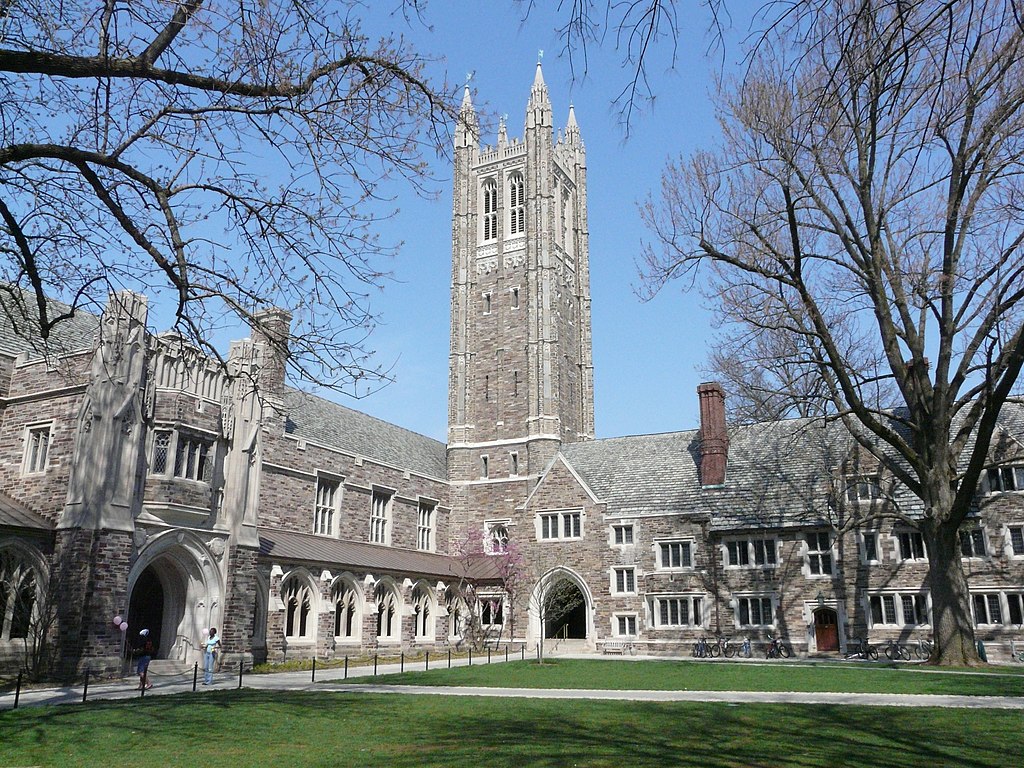More colleges and universities are adopting solar on their campuses, recognizing that solar installations can alleviate budget pressure, help schools meet clean energy goals and provide real-world learning opportunities for tomorrow’s leaders.
Princeton University in New Jersey is planning for a 2.2 MW portfolio of four solar projects to be installed on rooftop and canopy-mounted structures
New York-based Brightcore Energy will be installing 4,039 solar modules beginning in the summer of 2024.
Princeton University’s Sustainability Action Plan commits the school to achieving net zero carbon neutrality b 2046 and states that during the planning of future campus projects, campus leaders should ask themselves “Will today’s decision facilitate a movement towards the objective of nationwide decarbonization?”
The school also has a policy of avoiding purchase of offsets and states that school leaders should keep in mind that “paying others so that we can continue to pollute is not an effective global solution to climate change.”
“The school has shown great leadership with its ambitious and detailed sustainability plans, and we are excited to play a role in that,” said Mike Richter, president of Brightcore.
Further north, Northeastern University in Boston announced the recent completion of a 158 kWp rooftop solar system on its library.
Installed by Massachusetts-based Ameresco, the solar installation is expected to offset 146 metric tons of carbon (CO2) emissions.
Northeastern was one of the first universities in the nation to prioritize sustainability and in 2007 became a founding member of the American College & University Presidents Climate Commitment, now the Climate Leadership Network and the University Climate Change Coaltion (UC3) led by Second Nature.
Northeastern reports that between 2005 and 2020, greenhouse gas emissions per square foot of building space on the Boston campus declined by 42%. The school attributes this success, in part, to fuel switching, energy conservation measures, such as lighting retrofits, and sustainable building design. Northeastern considers the installation on the Snell Library being a highly visible and important milestone.
“Northeastern has made significant progress reducing the carbon intensity of our buildings,” said Leah Bamberger, executive director of Northeastern’s Climate Justice and Sustainability Hub. “This project comes at an important time as we are developing plans to fully decarbonize our buildings and eliminate harmful emissions.”
This content is protected by copyright and may not be reused. If you want to cooperate with us and would like to reuse some of our content, please contact: editors@pv-magazine.com.









By submitting this form you agree to pv magazine using your data for the purposes of publishing your comment.
Your personal data will only be disclosed or otherwise transmitted to third parties for the purposes of spam filtering or if this is necessary for technical maintenance of the website. Any other transfer to third parties will not take place unless this is justified on the basis of applicable data protection regulations or if pv magazine is legally obliged to do so.
You may revoke this consent at any time with effect for the future, in which case your personal data will be deleted immediately. Otherwise, your data will be deleted if pv magazine has processed your request or the purpose of data storage is fulfilled.
Further information on data privacy can be found in our Data Protection Policy.